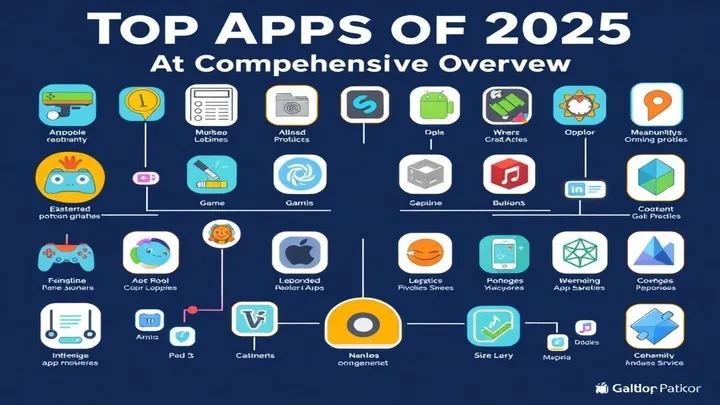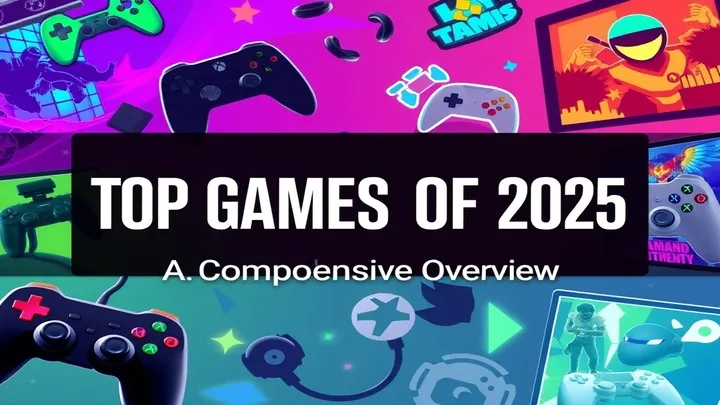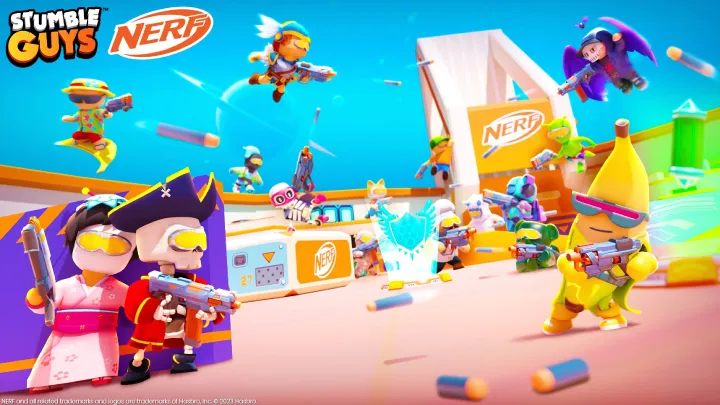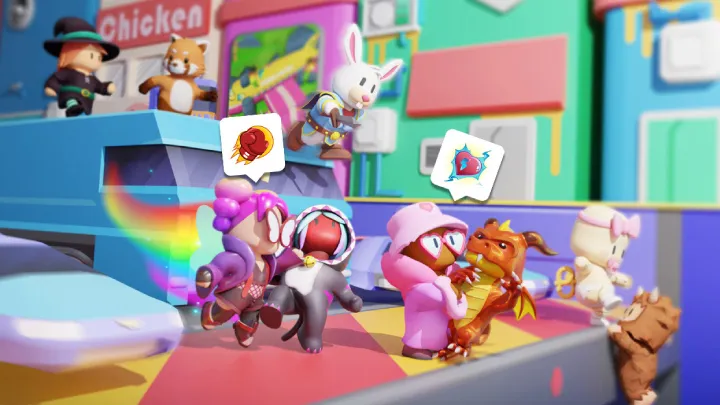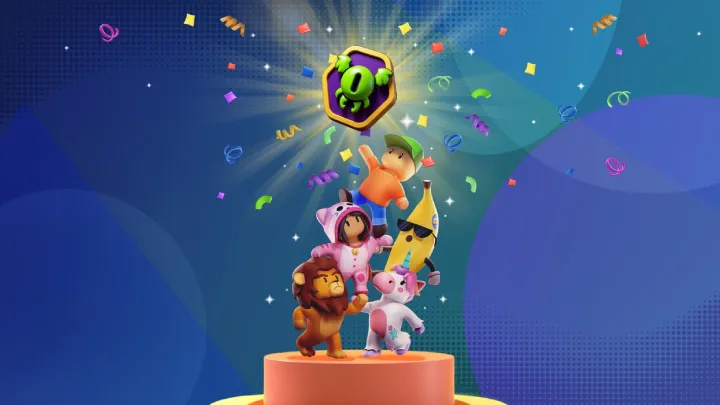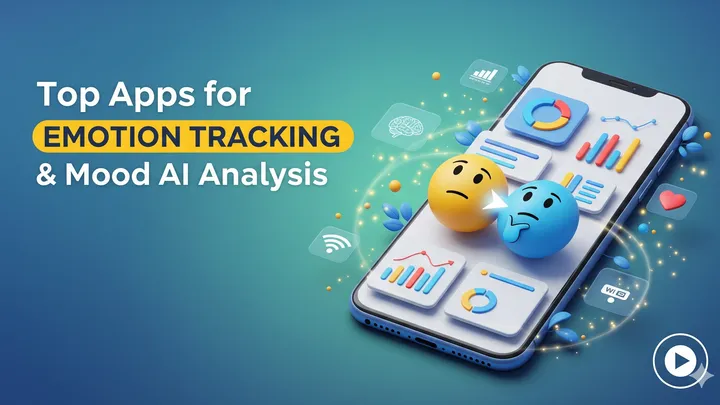Poppy Playtime is not just a horror game—it is also a puzzle-driven experience where solving challenges is the key to progress and survival. Every puzzle in the Playtime Co. factory is designed to test not only the player’s observational skills but also their ability to remain calm under pressure. While the looming threat of creatures like Huggy Wuggy or Mommy Long Legs creates fear, puzzles are often the true gatekeepers of survival. Mastering them requires a blend of logic, timing, and environmental awareness.
This guide provides a step-by-step breakdown of how to approach puzzles efficiently in Poppy Playtime. From preparing your mindset to recognizing patterns and leveraging the GrabPack, you’ll find strategies that will help you solve puzzles quickly without succumbing to panic.
Understanding the Puzzle Design Philosophy in Poppy Playtime
Before diving into puzzle-solving strategies, it’s essential to understand why the puzzles exist in the first place. Unlike traditional horror games where puzzles are add-ons, in Poppy Playtime they serve as the backbone of progression.

The developers designed these puzzles to mimic the mechanical and toy-like functions of the Playtime Co. factory. This means they often revolve around electricity, color-coded systems, toy assembly lines, and mechanical switches. Recognizing this thematic consistency can help you anticipate puzzle mechanics before even interacting with them.
Furthermore, the puzzles are intentionally layered with fear-inducing elements. Lights may flicker, ominous sounds may play, and threats might loom nearby. By realizing that the design aims to split your focus, you can train yourself to block out distractions and concentrate solely on the puzzle at hand.
Preparing Your Mindset for Puzzle-Solving Under Pressure
One of the biggest challenges players face is not the difficulty of the puzzles but the environment in which they must be solved. Fear clouds judgment, and panic often leads to missed clues.
The first step to preparation is cultivating calmness. Players should consciously slow their movements, take a moment to observe the environment, and avoid rushing headfirst into actions. This not only reduces mistakes but also allows the brain to register patterns more clearly.
It also helps to expect failure in early attempts. By reframing puzzles as iterative challenges, every mistake becomes a lesson instead of a setback. This mindset makes it easier to persist until the solution reveals itself, even when the stakes feel overwhelming.
Learning to Use the GrabPack as a Puzzle-Solving Tool
The GrabPack is more than just a novelty mechanic; it is the primary interface between the player and the puzzles. Understanding its versatility is crucial for efficient problem-solving.
The red and blue hands of the GrabPack allow you to extend your reach, grab objects, pull levers, and transfer electrical currents. Many puzzles revolve around this mechanic, so mastering its precision is vital. For instance, when transferring electricity, the positioning of your GrabPack cords often determines success.
Another critical skill is speed. Certain puzzles require you to act quickly, pulling multiple levers in sequence or activating machines before timers run out. Practicing quick yet accurate GrabPack use dramatically increases your efficiency in these situations.
Recognizing Puzzle Patterns and Repeated Mechanics
Poppy Playtime rewards players who pay attention to recurring mechanics. Each chapter introduces new puzzles, but many share underlying logic that can be recognized and reused.

For example, electricity puzzles often require connecting power sources in the correct sequence. Once you’ve mastered the flow of electricity in earlier challenges, later puzzles become less intimidating because the core principles remain the same. Similarly, color-based or toy-assembly puzzles follow logical progressions—matching, sequencing, or building.
Keeping mental notes of these patterns shortens your decision-making time. Instead of starting from scratch with every puzzle, you can quickly apply learned rules and adapt them to new variations.
Managing Time During High-Pressure Puzzle Scenarios
Not all puzzles in Poppy Playtime give players the luxury of unlimited time. Some are set during chase sequences or in environments where monsters may appear. Managing time becomes just as important as solving the puzzle itself.
The trick is to prioritize observation before action. Many players rush to interact immediately, but scanning the environment first often reveals key clues such as highlighted paths, glowing wires, or subtle instructions on walls. Acting with knowledge saves time in the long run.
Another effective technique is rehearsing the puzzle in your head before execution. For example, in electricity connection puzzles, plan your wire path mentally before engaging. This reduces errors that waste precious seconds.
Using Environmental Clues to Your Advantage
The factory setting is littered with visual hints that often double as puzzle solutions. Missing them can lead to unnecessary trial and error.
Clues may include posters with sequences of colors, scribbled notes, or patterns embedded in toy displays. Sometimes even lighting and sound serve as indicators, subtly pointing you in the right direction. Learning to “read” the environment transforms the game into a more logical and less chaotic experience.
Players should also adopt the habit of scanning thoroughly before engaging with puzzles. Moving too quickly past rooms or ignoring small details often leads to frustration later. A methodical approach ensures that you catch every clue provided.
Practicing Trial and Error with Efficiency
While many puzzles can be solved logically, some inevitably require trial and error. The key is to approach experimentation strategically rather than randomly.
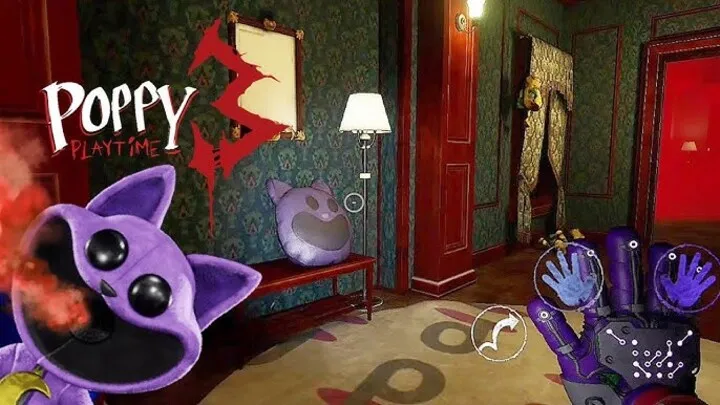
For instance, when testing button sequences, keep track of your attempts. Writing down combinations or mentally recording failed patterns prevents repeating mistakes. Similarly, when experimenting with electricity paths, remember which nodes you’ve already tested to avoid unnecessary backtracking.
Treat every failed attempt as data rather than failure. With this mindset, even incorrect actions move you closer to the correct solution. This dramatically improves efficiency and reduces frustration.
Staying Aware of Surroundings While Solving Puzzles
One of the unique challenges in Poppy Playtime is that puzzles rarely exist in isolation. Monsters may stalk you while you work, creating a dual focus between puzzle-solving and survival.
To handle this, always establish a mental “escape route” before starting a puzzle. Knowing where to run if interrupted provides peace of mind and prevents deadly hesitation.
It’s also wise to listen carefully to audio cues. The sound of footsteps, vent rattling, or sudden changes in ambient noise often signal danger. Balancing puzzle concentration with environmental awareness is a survival skill that separates successful players from panicked victims.
Advanced Tips for Speedrunning Puzzle Sequences
For players aiming not only to survive but also to master efficiency, speedrunning techniques become valuable. Speedrunners study puzzles in extreme detail, optimizing every movement for maximum efficiency.
One key technique is positioning. By standing in the exact right spot, you can often activate multiple puzzle elements without unnecessary movement. Another is sequence memorization—executing inputs in rapid order based on practiced patterns rather than reacting in real-time.
Even casual players can borrow speedrunning techniques to shave off seconds, reducing exposure to threats and increasing their confidence in high-pressure situations.
Building Confidence Through Practice and Repetition
Ultimately, puzzle mastery in Poppy Playtime comes down to practice. Each puzzle is a test not only of logic but of emotional resilience under stress.
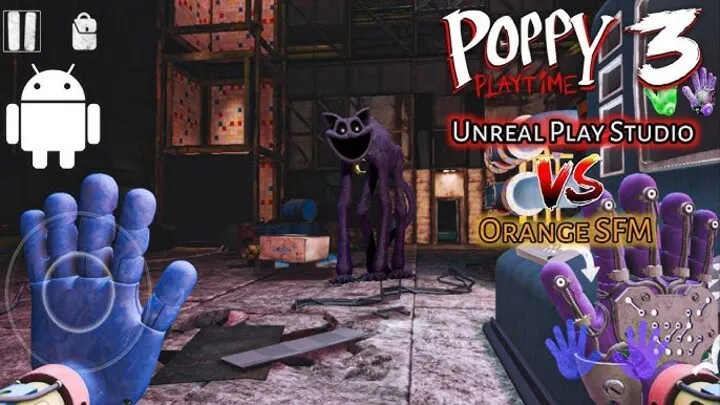
Replayability is your best teacher. Returning to earlier puzzles after completing them allows you to refine your strategies and develop instinctive responses. Over time, this builds confidence, making later encounters feel less overwhelming.
The more familiar you become with the mechanics, the less you’ll be intimidated by the game’s atmosphere. What once felt like a terrifying obstacle becomes a challenge you know how to overcome.
Conclusion
Solving puzzles in Poppy Playtime is as much about mindset and observation as it is about mechanical skill. By understanding design philosophy, preparing mentally, mastering the GrabPack, recognizing patterns, and practicing efficiency under pressure, players can approach puzzles with confidence instead of fear. Each puzzle becomes an opportunity not just to survive but to thrive within the factory’s dark and eerie corridors.











